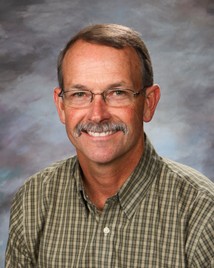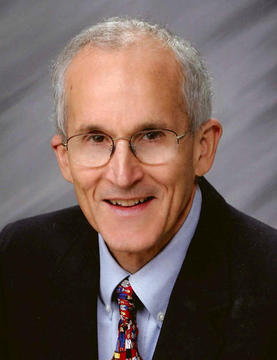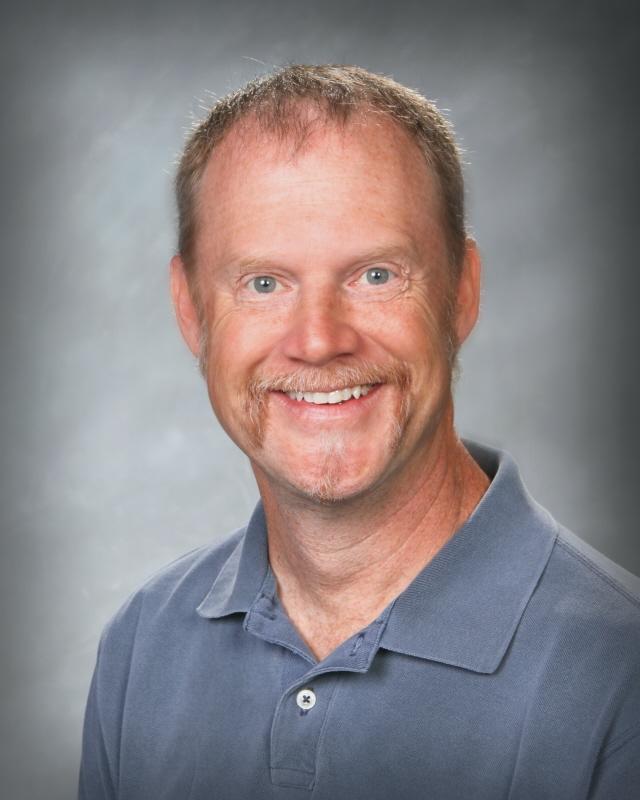WSD central administrative costs higher than peer group
October 15, 2015
More money is going towards central administration in the Wenatchee School District than other like-sized districts, while consistently spending less money in areas of student support and teaching instruction, according to a state audit.

According to a State Auditor’s Office Performance Audit on education spending, released June 6, 2012, the amount spent on instruction in the Wenatchee School District was 64.4 percent of educational spending per student, compared with the state average of 62 percent. The numbers also showed that the central administrative cost per student in the Wenatchee School District was 1.7 percent, compared with the state average of one percent.
“We feel like we are a little top-heavy in our district, and those numbers back that up,” science teacher John Spencer said. “One of the things, in the science department, that our teachers here talk about is how disappointed we are in the amount of technology that we have available in our classroom and we feel like we are very inadequately supported for what the school district’s philosophy is: moving towards more project-based and individualized learning.”
The Moses Lake School District central administrative cost per student amounted to 0.4 percent of cost, a fourth of WSD administrative cost per student, while the Eastmont percentage of cost per student added up to 0.8 percent.
“We’re at a 200 percent difference from Eastmont,” math teacher Randy Whited said. “That’s a big difference in percent.”
School Board President Walter Newman believes that the costs of administration were outweighed by their contribution to the district.
“I don’t know what you would do without the assistants, or the Head of Curriculum, or the HR,” Newman said. “I don’t think we’re top-heavy… Brian [Flones] is one of the longest serving superintendents around. He’s been at the superintendent level and getting raises for a long time… We’ve had to keep it competitive. There was one time in particular where we had to, because he was getting a very good offer for a whole lot less of a job.”
Newman said that the district prioritizes essential costs like building maintenance, renovations, and construction, while maintaining a good image with the community.
“You have to do these things. I guess the district’s priority is to be responsible and careful to be able to do all these things, it’s a nice juggling act which is probably why our CFO (Chief Financial Officer Les Vandervort) is quitting at the end of the year,” Newman said. “Also, we need to convince voters that we are financially responsible so they will, every four years, okay a tax levy that makes up 13 percent of our budget.”
According to the state audit, the dollar cost for administration in the WSD during 2009-11 was $155 per student. With an 7,730 FTE enrollment in the school district during that period of time, total cost of administration adds up to approximately $1.2 million every year with a static enrollment and cost per student. The dollar cost for Moses Lake during the same time period was $40 per student. The FTE enrollment for Moses Lake was 7,406 students, with a total dollar cost for central administration of about $300,000. Eastmont’s FTE enrollment totalled 5,349 students, and with $72 spent on students, the total administrative cost was a sum of $385,000.

“We are definitely spending a larger proportion of our budget on administrative costs in our districts than other districts are,” English teacher and AVID director Dani Schafer-Cloke said. “I know that as a district we have implemented a lot of programs that seem to require one or two or three people to oversee their implementation… We have so many initiatives that serve as a crucial benefit to our students.”
According to the Moses Lake website, there are 15 employees stationed at the district office. There were 43 employees stationed at the WSD district office this year, according to the district Human Resources department. Eastmont employs 36 in their district office.
Attempts to contact Vandervort were unsuccessful. Superintendent Brian Flones and Deputy Superintendent Jon DeJong were unavailable for comment. Three of the other four school board members deferred to Newman for comment. An attempt to reach board member Laura Jaecks was unsuccessful.
The audit report recommended that school districts compare themselves to other districts in order to, “identify areas in which costs appear to out of line with peers or certain benchmarks.”
Large discrepancies in spending between similar-sized school districts are common throughout Washington, according to the state audit. Total cost per student ranges between $8,894 and $10,005. Moses Lake spends $9,637 per student, compared with the WSD’s average cost per student of $9,017.
The state audit also showed that the WSD spends less per student than the state average on total cost per student, teaching, instruction support, student support, building support, operations and maintenance, and transportation. Compared with school districts in its peer group, Wenatchee spent less per student in every category with the exception of central administration.
“We need to put some of that admin pay on student support,” math teacher Drew Gaylord said. “That’s going to have a stronger effect on our end result — the students.”
According to the audit, the WSD spent $574 on student support per student, $98 less than the state average.
According to a joint statement from the WHS counseling department, the department has, “requested increased counseling staffing for the last five years.” The statement said that the last increase in counselors was 19 years ago. The state recommendation for student-to-counselor ratio is one counselor for every 250 students. Currently, the average student to counselor ratio is one counselor for every 453 students. The highest counselor caseload at WHS is 487 students for one counselor.

“The population of WHS has increased dramatically over the years. An increase in counseling staffing would certainly be a benefit to our student body,” the statement said. “We do a good job of reaching out to and serving many students throughout the year… It is a difficult task to make that kind of contact with every student at WHS.”
The audit was conducted to answer the following three questions:
- What percentage of Washington’s educational dollars is spent on classroom instruction, and how does it compare with other states?
- How do expenditures at individual school districts compare with their peers in Washington?
- What cost-containment practices are efficient school districts using to hold down non-instructional costs that other districts could adopt?
The report discovered that the classroom spending patterns for Washington state corresponded closely to national averages.
Washington state reportedly spent 60.2 percent of education funds in classrooms, compared with the national average of 61 percent.


Joseph Rose • Oct 20, 2015 at 11:20 am
Great work. Very interesting. But as a former WHS Apple Leaf reporter (Class of 1987) who makes a living as a journalist, I should point out the glaring contextual problem: The audit report is more than three years old. Why is the story being written now? If I were the newspaper’s advisor, I’d encourage the student to ask: What’s the latest data? Who’s your source? Do they have an agenda? Notice how the story’s primary sources are teachers? Is this a contract year? Is teacher pay vs. administrative costs on the table? It may be a story, but it’s three years old. Dig deeper. And go get ’em. Go Panthers.
Kelly Allen • Oct 17, 2015 at 11:12 am
Thank you for this excellent and important reporting. The complexity of the issues covered in this story would scare off many adult reporters and you handled it very well. Keep up the good work. You are a vital source of news for residents in North Central Washington. You are doing work that no other area publication will tackle and it is important for the community.
Mona Hein • Oct 15, 2015 at 8:01 pm
It looks like someone did their homework. Great job!